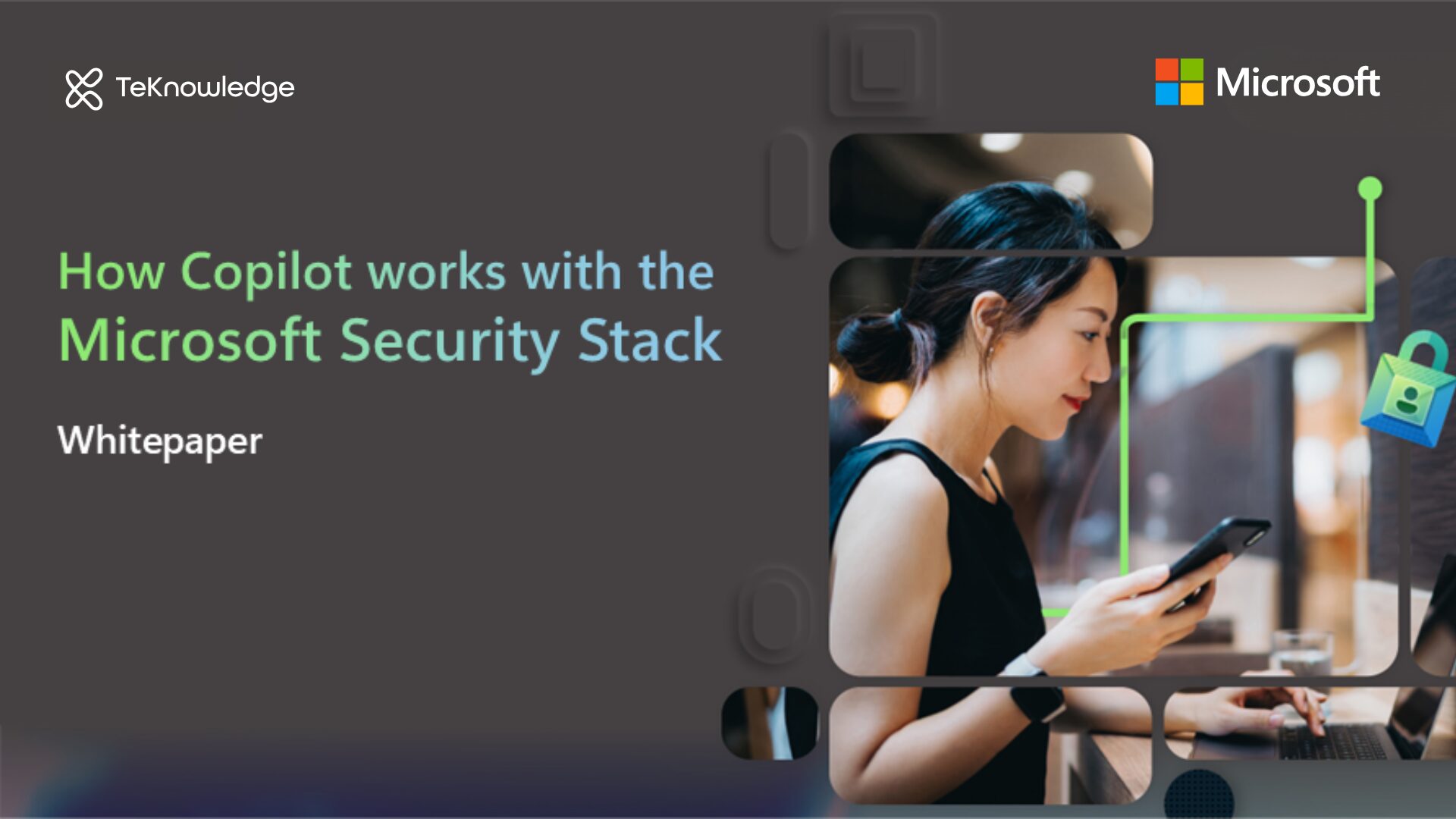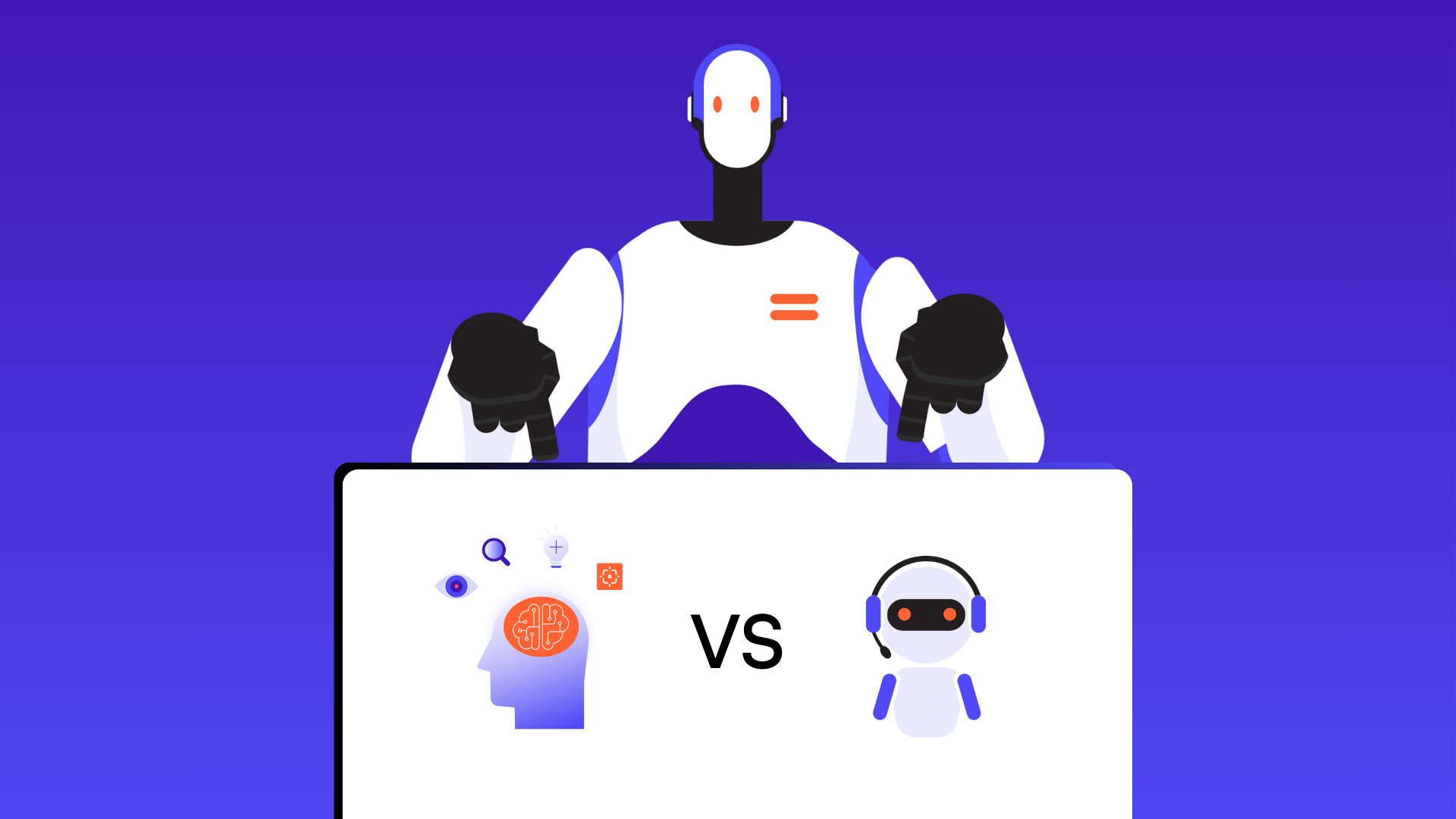In Gartner’s September 2025 survey, only 15% of IT application leaders said they’re considering or deploying fully autonomous AI agents—goal-driven tools that operate without human oversight. While 75% of organizations are experimenting with AI agents, hesitation remains. Concerns over governance, hallucination protection, and organizational readiness are slowing the leap to full autonomy.
Only 13% of leaders strongly agree they have the right governance structures in place. Just 19% express high trust in vendors’ ability to prevent hallucinations. And 74% believe AI agents introduce new attack vectors into their systems.
Autonomy isn’t just a technical leap; it is a trust threshold across three dimensions: viability, data, and autonomy. The future of AI may depend less on capability, and more on confidence.
Trust in Viability and ROI – From Proof of Concept to Proof of Scale
This trust gap is closing quickly. The question is no longer whether autonomous AI can deliver value, but how that value is realized with speed, measured effectively, and sustained over time.
Reports suggest that early adopters of agentic AI are already seeing productivity, customer experience, and efficiency gains of 30–50%. Gartner confirms most leaders are investing in augmentation, with autonomy framed as the next phase.
The shift is from proof of concept to proof of scale. Leaders now ask: Can this work across departments? Can it integrate with legacy systems? Can it deliver consistent ROI without constant oversight?
Keep learning: AI Culture Must Be Fixed Before You Scale: Lessons from Prometheus for the Age of Autonomy
These are solvable questions. With executive sponsorship, clear KPIs, and phased strategies, trust in viability becomes a matter of design—not doubt.
Trust in Data – Data Stewardship Is a Leadership Role
Autonomous AI depends on data that is accurate, ethical, and transparent. Lineage, bias mitigation, and stewardship matter as much as the models themselves.
Technologies like federated learning, synthetic data, and model monitoring are helping organizations strengthen pipelines. Frameworks like ModelOps and Responsible AI dashboards turn compliance into confidence.
But the real shift is cultural. Data is now a shared responsibility, and stewardship is a strategic function. That shift enables more auditable, inclusive, and trusted AI systems.
Trust in data is a maturity curve, and many organizations are already climbing it.
Trust in Autonomy Itself – The Existential Leap Leaders Hesitate to Take
This is the trust gap we haven’t solved, at least not yet, because it is rooted in our identity.
Autonomy asks leaders to let go, not just of tasks, but of control. It challenges beliefs about decision-making, accountability, and human relevance. That’s where hesitation lives.
Related content: AI-Ready Security: Closing the Gap Between Innovation and Protection
Most organizations still prefer AI as a co-pilot, not a captain. They want augmentation, not replacement. And that’s understandable. Autonomy introduces ambiguity: Who’s responsible when things go wrong? What happens to roles, careers, and culture?
These aren’t technical questions. They’re existential ones. More than frameworks, these questions require deep reflections.
What does “letting go” mean in practice? A handoff? A partnership? A redefinition of leadership itself? These are the questions that will determine whether autonomy scales—or stalls.
Trust as the Final Resolve – Redefining Autonomy Through Safeguards
Every transformative technology passes through its hype cycle—from inflated expectations to disillusionment, and eventually, productivity. Cloud, mobile, and machine learning all faced skepticism before becoming mainstream.
But autonomy is different. It doesn’t just change how we work; it changes how control is defined.
The ROI is emerging. Data governance is maturing. Yet the final barrier isn’t technical—it’s human. And overcoming it won’t come from simply letting go, but from redefining the guardrails of autonomy itself.
True trust in autonomous AI will require ring-fenced boundaries: new criteria for accountability, frameworks that safeguard against risk, and a shared definition of where human oversight must remain. Autonomy should not mean absence of control—it should mean a more deliberate form of control.
You might be interested in: Overcoming the Big Barriers to AI Adoption in Enterprise Customer Care
Autonomous AI will scale when leaders design those safeguards with intention—balancing freedom with responsibility, efficiency with accountability, and innovation with trust. Because the future of AI won’t be measured only by what it can do, but by the frameworks we build to ensure it does it responsibly.




